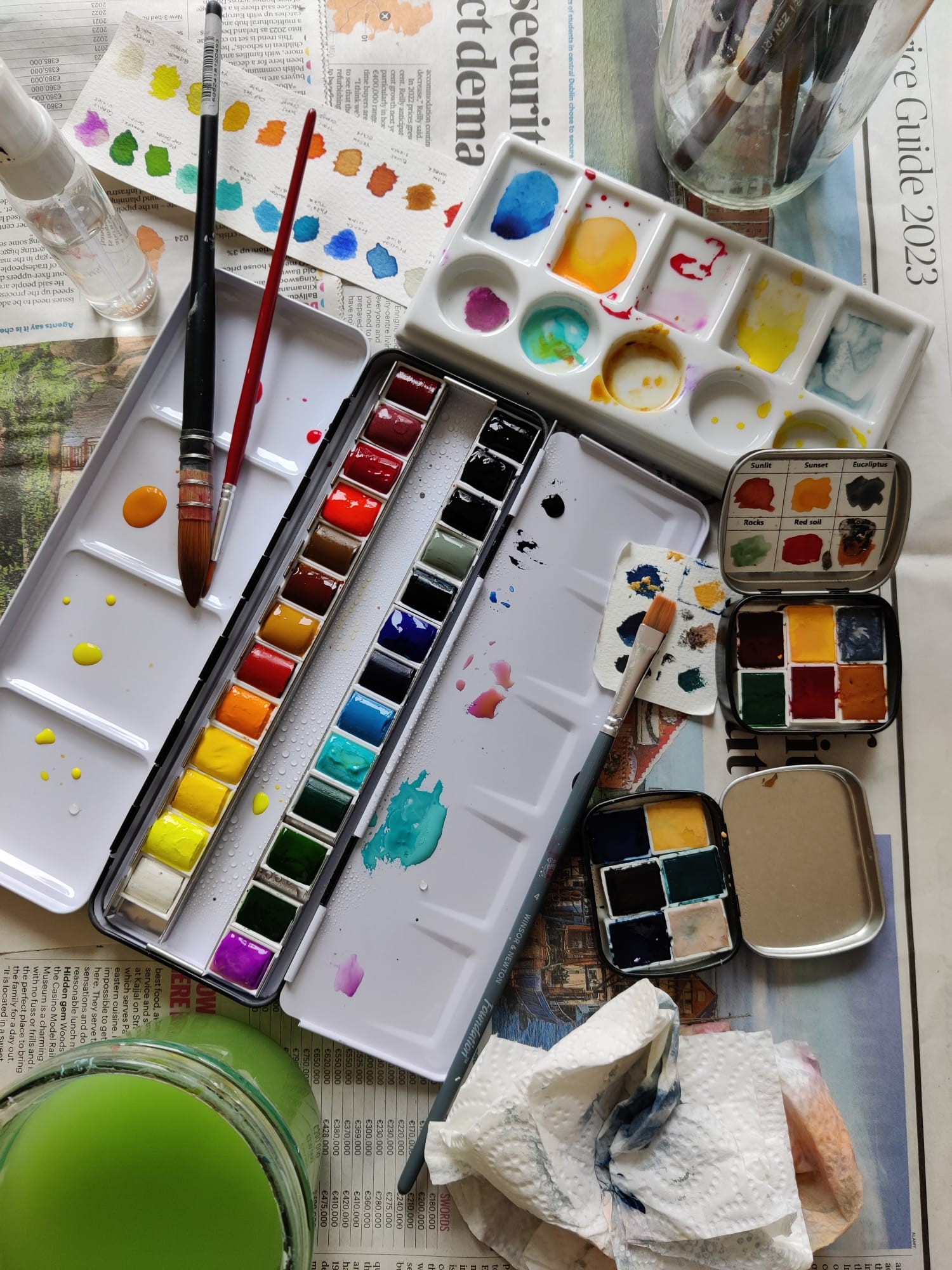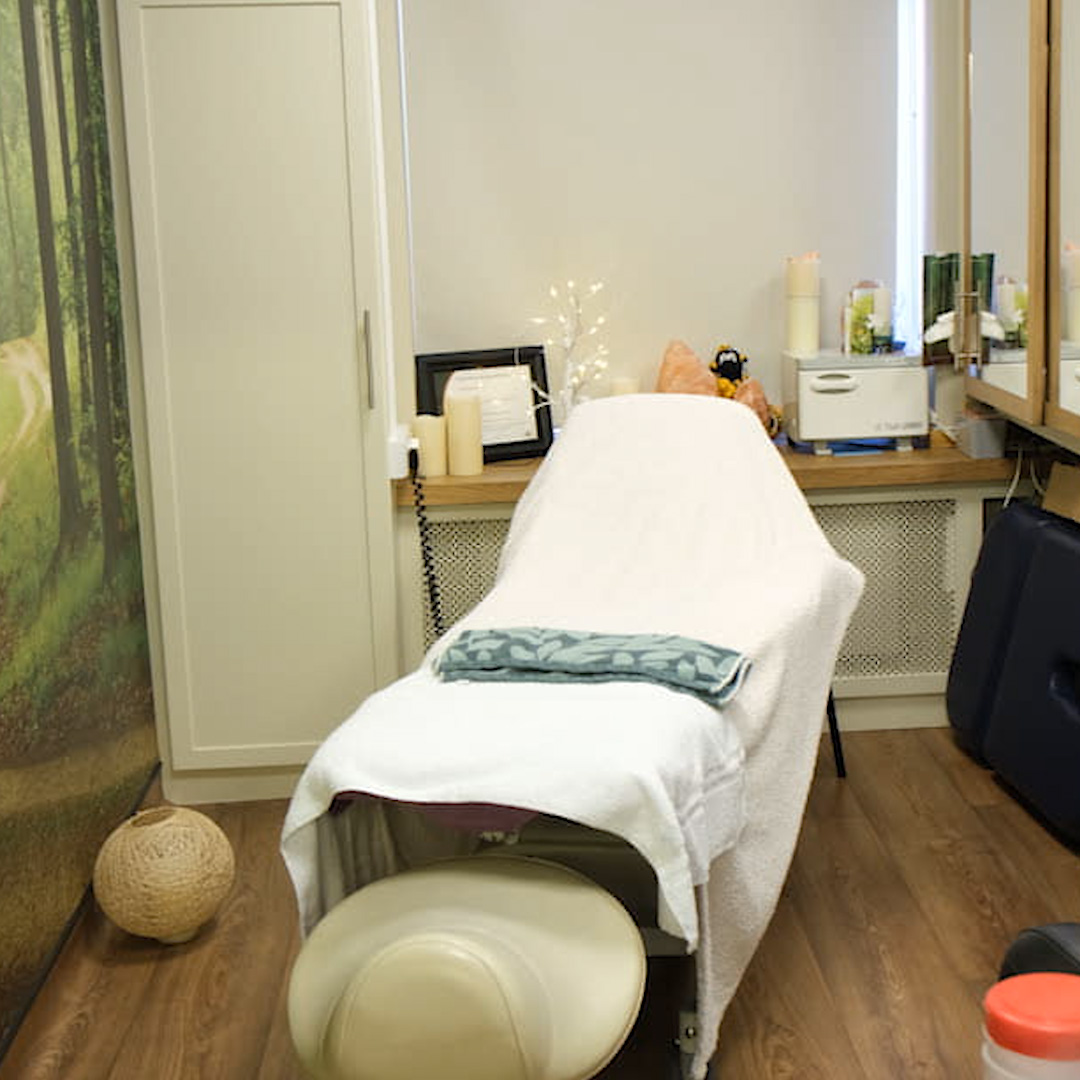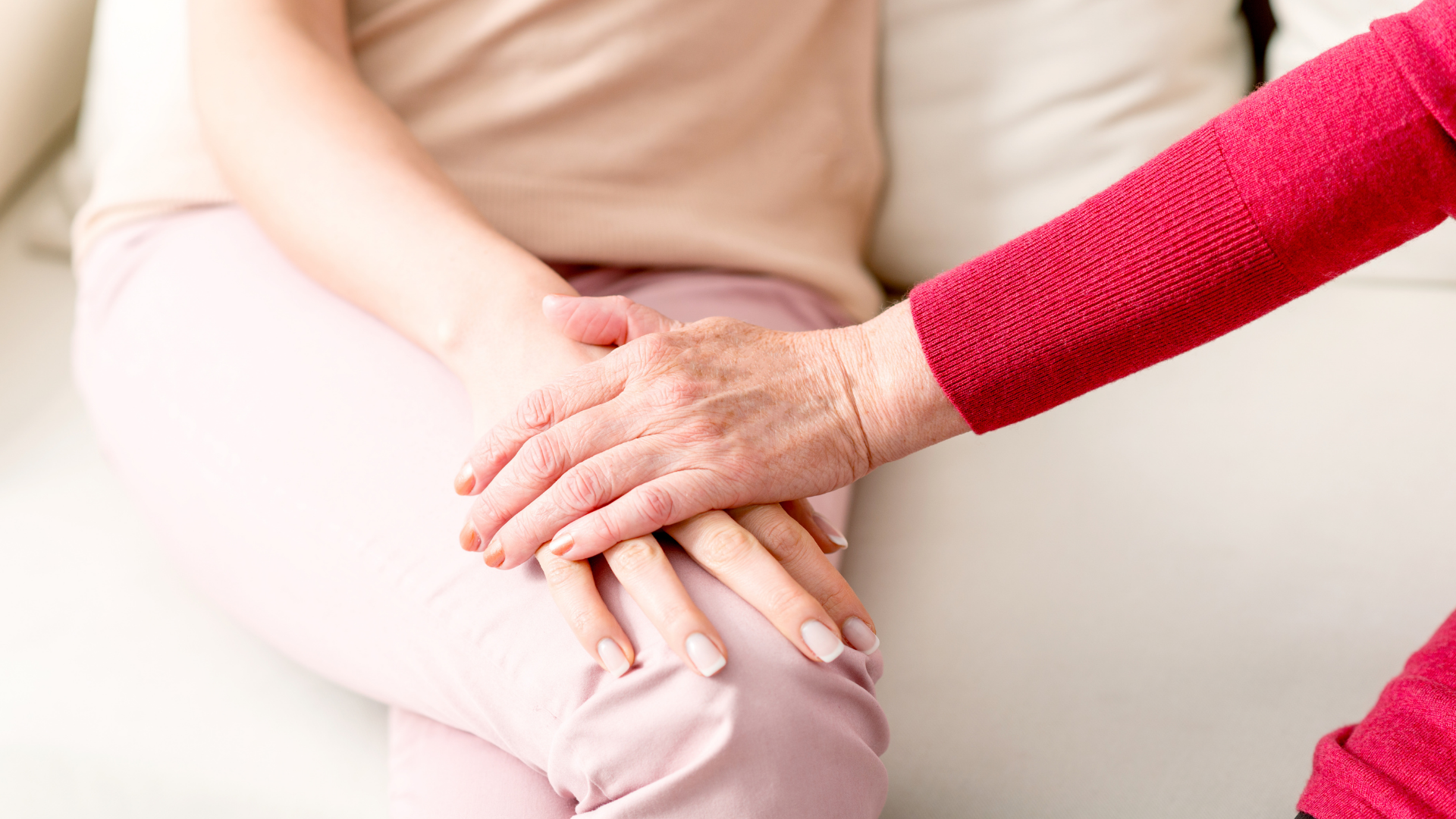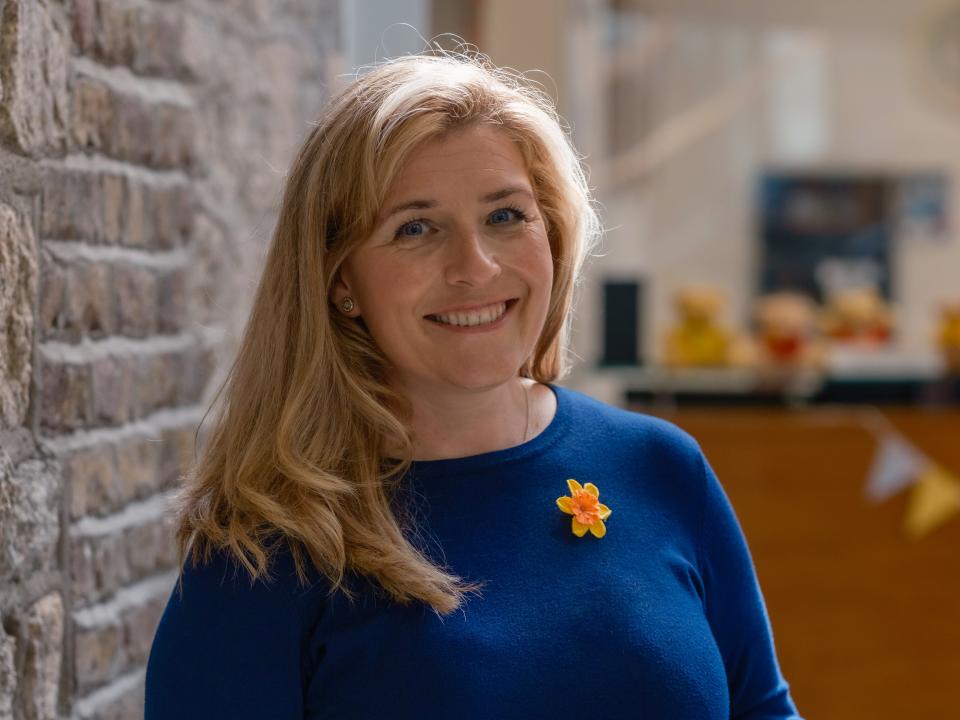Bleeding and bruising in children
If your child’s platelet count is low (thrombocytopenia) they will be more likely to bruise and bleed.
What causes bleeding and bruising?
Platelets help to make your blood clot and stop bleeding when you hurt yourself. If your child’s platelet count is low (thrombocytopenia) they will be more likely to bruise and bleed. This can happen if their bone marrow is not producing enough platelets because of cancer or cancer treatments such as chemotherapy.
What are the symptoms?
- Unusual bleeding e.g. nose bleeds, bleeding gums
- More bleeding than usual, e.g. heavier bleeding from minor cuts or grazes, heavier menstrual periods in older children
- Unexplained bruising
- Pinpoint rash on the skin, usually on legs, feet, trunk and arms. This is known as petechiae
What should I do if my child has symptoms?
Your child will have regular blood tests to check the level of platelets and other blood cells, but talk to your child’s doctor if they have any symptoms.
How is it treated?
Donated platelets will be given into your child’s vein, usually through their central line. This takes approx 60 mins. They are usually only given if your child’s platelet level is very low, if they have signs of bleeding or if they are going to theatre for a procedure. Your child may have more than one transfusion during their treatment.
During your child’s transfusion, the nurse will check your blood pressure, pulse and temperature. This is to ensure they don’t have a reaction to the platelets. Symptoms of a reaction include:
- Shivering
- Breathlessness
- Itch or a rash
- A rise in temperature
You should tell the nurse immediately if your child experiences any of these symptoms, and they will stop the transfusion.
Tips to help
Take care when brushing teeth to avoid bleeding gums – be gentle and use a soft toothbrush.
Don’t let your child play contact sports (football, rugby) while their platelet count is low, in case they get injured and bleed.
If your child gets a nose bleed, sit your child upright and apply pressure to the outsides of each nostril, just below the bridge. Pinch the area with your thumb and finger and hold the pressure for 10 minutes. If the bleeding does not stop, call your healthcare provider.
Ask your doctors or nurses before giving your child any over-the-counter medication. Usually people with thrombocytopenia are advised to avoid aspirin and anti-inflammatory medications.



Talk to a Cancer Nurse

Support Line
In-hospital support

